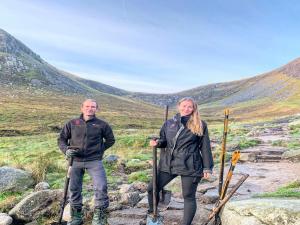
By David Young, PA
A mountain ranger with one of the world’s toughest commutes is helping rebuild a path to Northern Ireland’s highest summit after swapping a job in landmine removal in the Middle East.
Clare O’Reilly is one of two dedicated National Trust rangers leading a team of volunteers construct stone pathways on Slieve Donard in a year that saw visitor numbers to the Mournes surge following the first coronavirus lockdown.
The 37-year-old, who works with fellow ranger Marc Vinas Alcon on the arduous endeavour, moved to Co Down last year after a long career with NGOs involved in land mine clearance projects in conflict zones.
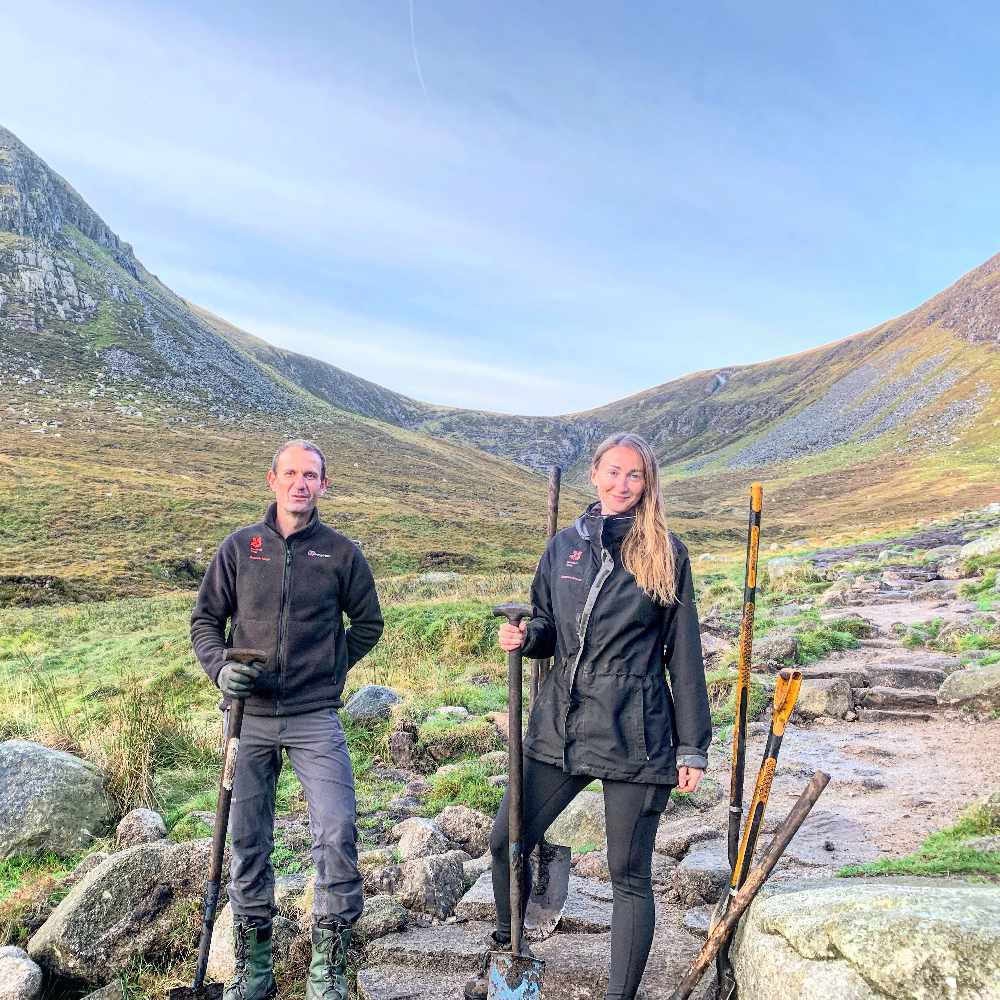
“Working in the environmental sector is something I’ve wanted to do since I was a kid,” she said.
“Working for international NGOs in mine action and child protection before that was incredible and I loved doing it, I was doing it for 10 to 15 years, but yes at a certain point I thought you know, if I don’t jump into the environmental sector now, then I never will.”
The Mournes Path Improvement project aims to repair 2.5km of the Glen River path, which is the most popular access route to Slieve Donard and adjacent Slieve Commedagh, and almost 1km of the lower lying Bloody Bridge path.
With the help of more than 120 volunteers who have given around 2,500 hours of their time since the work began last year, the team has so far built 1.5km of new path.
A few weeks ago a helicopter airlifted almost 200 tons of granite from nearby abandoned quarries to provide the raw material for the next 1km.
While the boulders are brought to the summit by helicopter, the path builders have to get there under their own steam. Each day starts with a 45 minutes to one hour hike carrying tools and equipment and it ends in the same way.
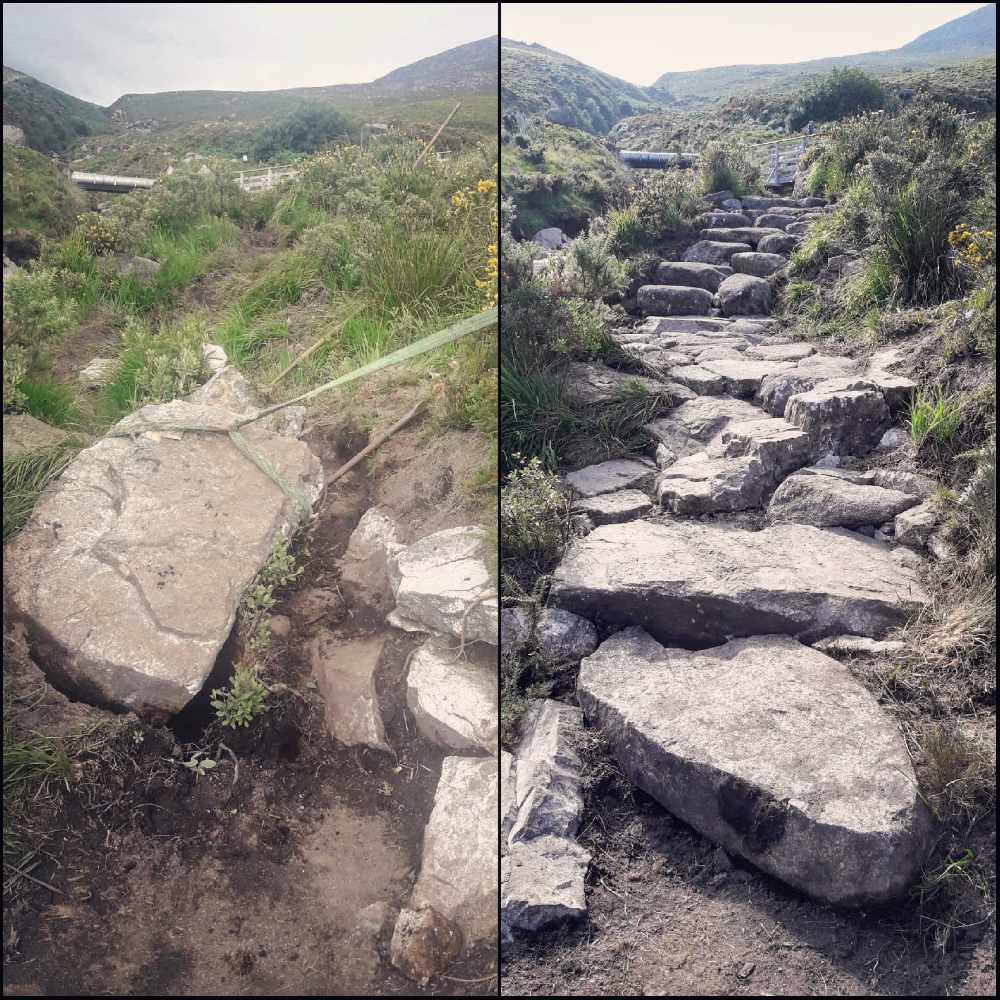
“It’s all done by hand, it’s very labour intensive work,” said Ms O’Reilly.
“We’re very lucky Marc and myself.
“There’s only the two of us, and we brought in contractors to support us, but then we also have this incredible volunteer support and that’s kind of the crux of the project in many ways.
“These aren’t people who are doing something easy, they are hiking up Donard and then lifting boulders with us all day and then hiking back down again.
“But that’s the thing about working in a place where people are super enthusiastic about the Mournes and about caring for those habitats and about improving that path.
“They are willing to do that week in week out.
“It’s a very physical job but it’s also exceptionally beautiful and an incredible place to work and much more interesting than a regular office.”
London-born and Yorkshire raised Ms O’Reilly said the reconstruction work was badly needed as paths that were built around 30 years ago had steadily eroded and widened to damage nearby protected habitats.
“We get over 100,000 people that now use the path every year,” she said.
“Over recent years there’s been a lot more damage, both from that increased footfall but also obviously Northern Irish weather takes its toll as well.”
The National Trust funded the first phase of the work with addition money then provided by Stormont’s Department of Agriculture, Environment and Rural Affairs.
Funds are in place to continue through to March next year and Ms O’Reilly said efforts are ongoing to source further support to extend the project beyond that.
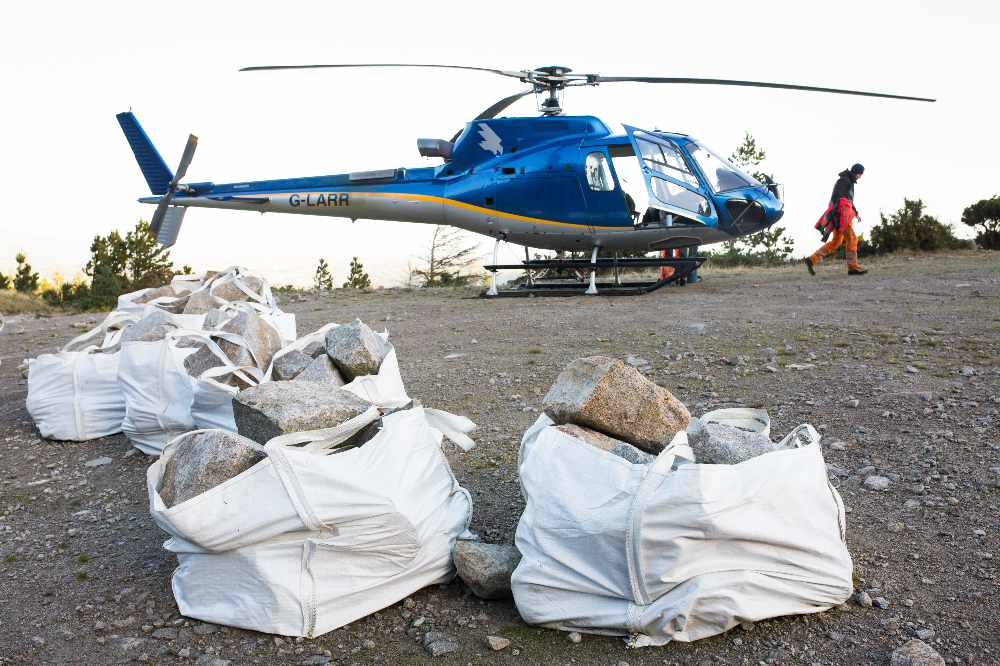
Ms O’Reilly said the rebuild had become all the more important given the spike in visitor numbers witnessed in 2020.
“Northern Ireland people have always held the Mournes close to their hearts, particularly Slieve Donard,” she said.
“It’s of huge cultural, religious and recreational significance for people here.
“And I think more and more in recent years people have made more of a connection with nature and with the outdoors and the importance of both their physical and emotional wellbeing.
“A lot more certainly in the last year.
“Especially when lock down lifted there was a huge increase in the number of people who were then getting out into the Mournes and coming for the first time, which is really lovely.
“Of course from our perspective we want as many people to come as possible, but we just want to make sure that they have a safe and accessible path.”


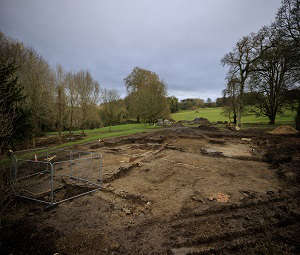 Remains of 300-year-old building complex unearthed by chance on country estate
Remains of 300-year-old building complex unearthed by chance on country estate
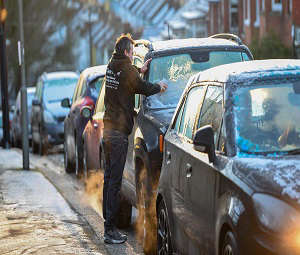 Fresh Met Office warning for icy conditions across Northern Ireland
Fresh Met Office warning for icy conditions across Northern Ireland
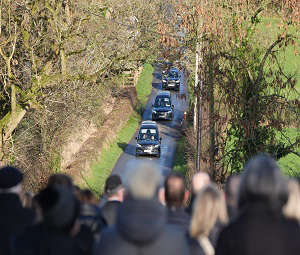 Community still in shock over deaths of father and son, funeral told
Community still in shock over deaths of father and son, funeral told
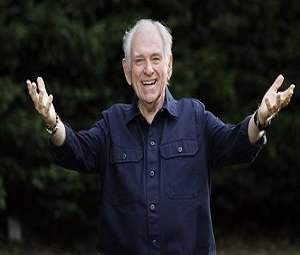 Hugo Duncan dedicates MBE honour to late mother who raised him on her own
Hugo Duncan dedicates MBE honour to late mother who raised him on her own
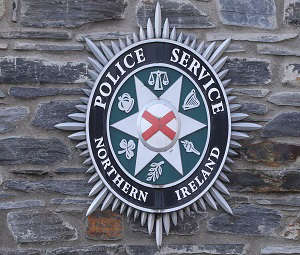 Police concern over large gathering of youths at Belfast interface
Police concern over large gathering of youths at Belfast interface